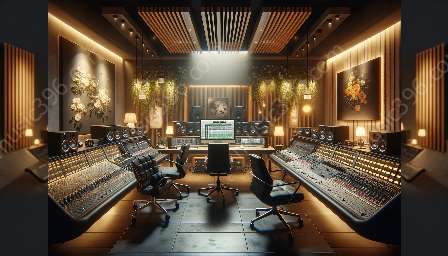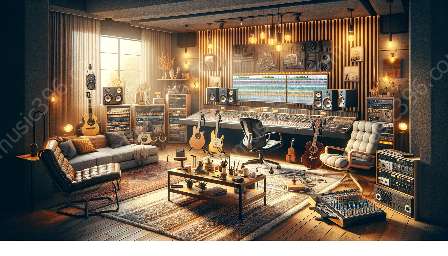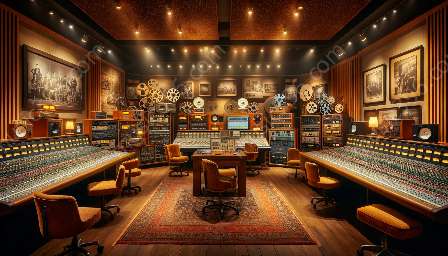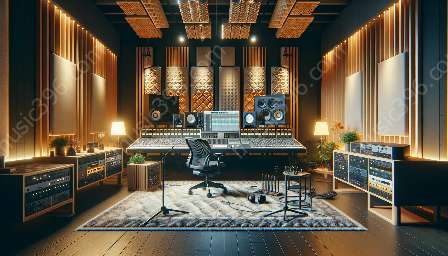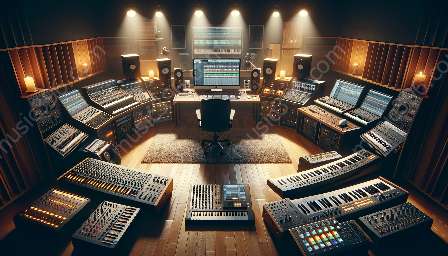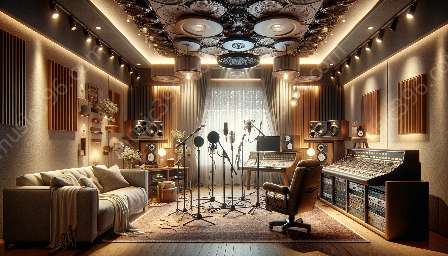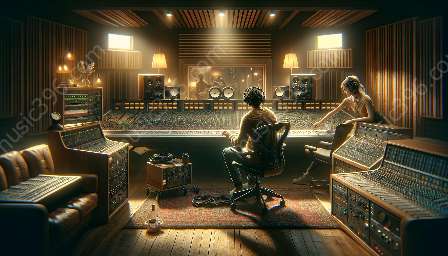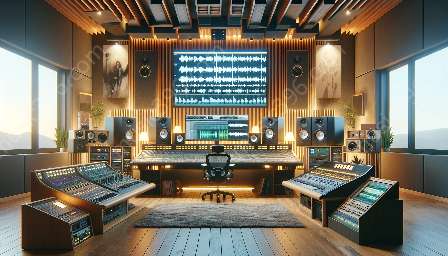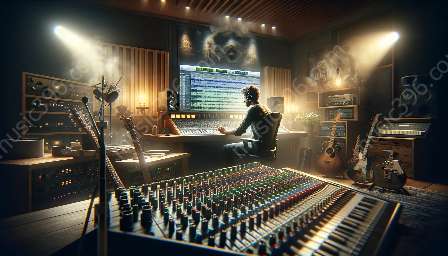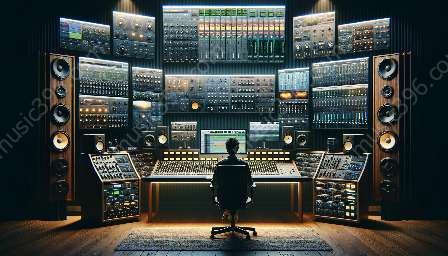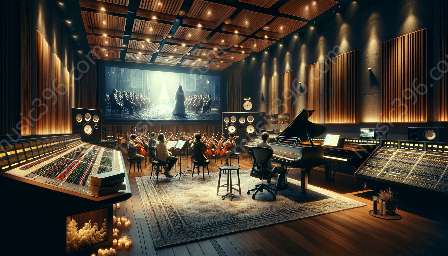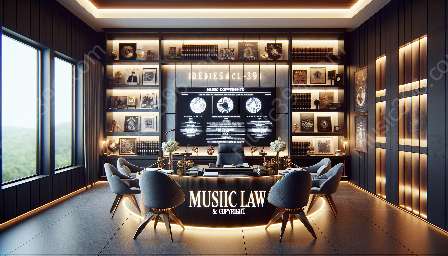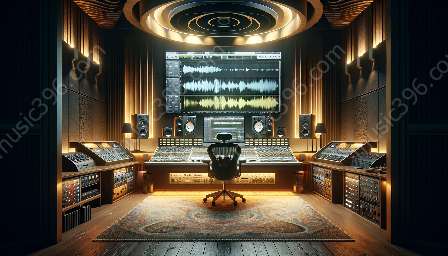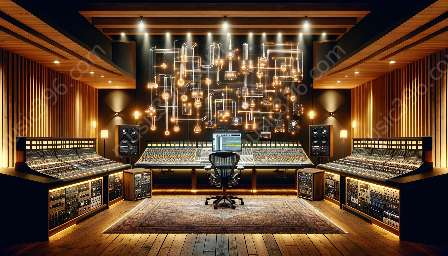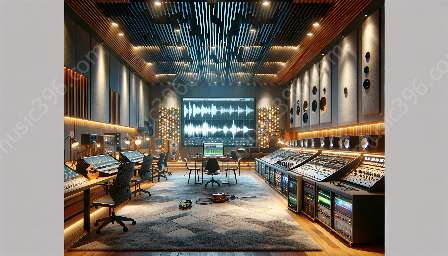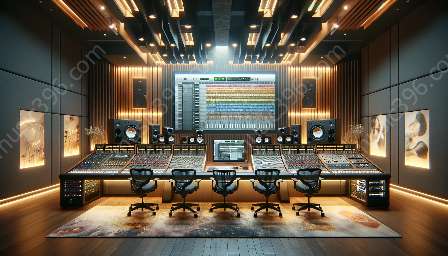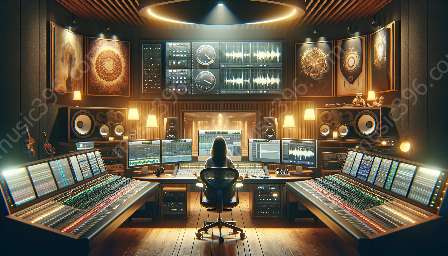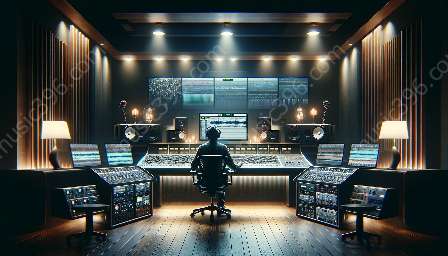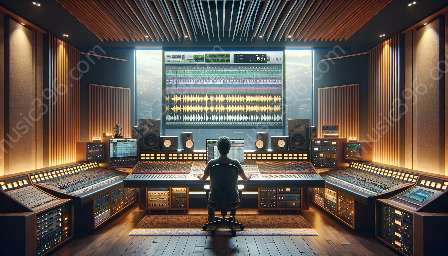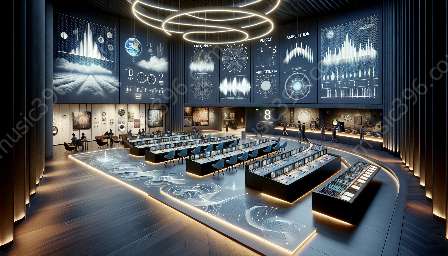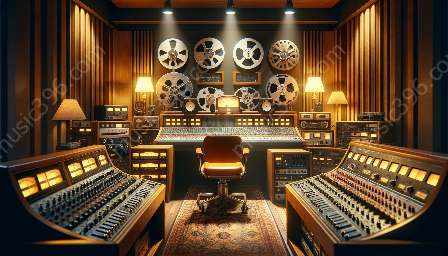Film music plays a crucial role in enhancing the emotional impact of a visual narrative. When it comes to film scoring, soundtrack recording, and music recording, the use of diegetic and non-diegetic music deserves careful analysis.
Understanding Diegetic and Non-Diegetic Music
Diegetic music refers to the music that originates from within the fictional world of the film, such as a character playing a musical instrument, a radio in the scene, or a performance within the story. This type of music is accessible to the characters in the film and becomes part of their reality.
Non-diegetic music, on the other hand, is the music that comes from outside the story world and is not heard by the characters. It functions as a narrative tool, often accompanying the visuals to guide the audience's emotional response or to convey information that is not explicitly expressed in the dialogue or action.
The Impact of Diegetic and Non-Diegetic Music on Storytelling
The use of diegetic and non-diegetic music in film profoundly influences storytelling and audience engagement. Diegetic music can add authenticity and atmosphere to a scene, making the fictional world feel more tangible and vivid. Non-diegetic music, when used effectively, can shape the audience's emotional experience, create tension, or establish thematic and narrative connections.
Interplay with Film Scoring and Soundtrack Recording
When analyzing diegetic and non-diegetic music in film, it's important to consider their interplay with film scoring and soundtrack recording. Film scoring involves composing music specifically for a film, and it can encompass both diegetic and non-diegetic elements. Soundtrack recording, on the other hand, involves the compilation of all music used in a film, including both diegetic and non-diegetic sources.
The integration of diegetic and non-diegetic music into film scoring and soundtrack recording requires a deep understanding of the narrative, character development, and emotional arcs of the story. Composers and music supervisors collaborate to ensure that the music enhances the visual storytelling and serves the overall cinematic experience.
Music Recording Techniques and Impact
When it comes to music recording, the techniques used to capture diegetic and non-diegetic music can significantly impact the final outcome of the film. For diegetic music, on-set recording or live performance capture may be employed to authentically capture the sound in the fictional world. Non-diegetic music may be recorded separately and then integrated with the film during post-production, allowing for precise control over the musical elements.
Advanced music recording technologies and techniques, such as surround sound mixing and spatial audio processing, have further expanded the possibilities for incorporating diegetic and non-diegetic music into film. These advancements enable a more immersive and engaging auditory experience for the audience, enhancing the overall impact of the storytelling.
Conclusion
Understanding the use of diegetic and non-diegetic music in film is essential for professionals in the fields of film scoring, soundtrack recording, and music recording. By carefully analyzing how music interacts with the visual narrative, storytellers can craft more compelling and emotionally resonant cinematic experiences that captivate audiences and bring stories to life in new and profound ways.



